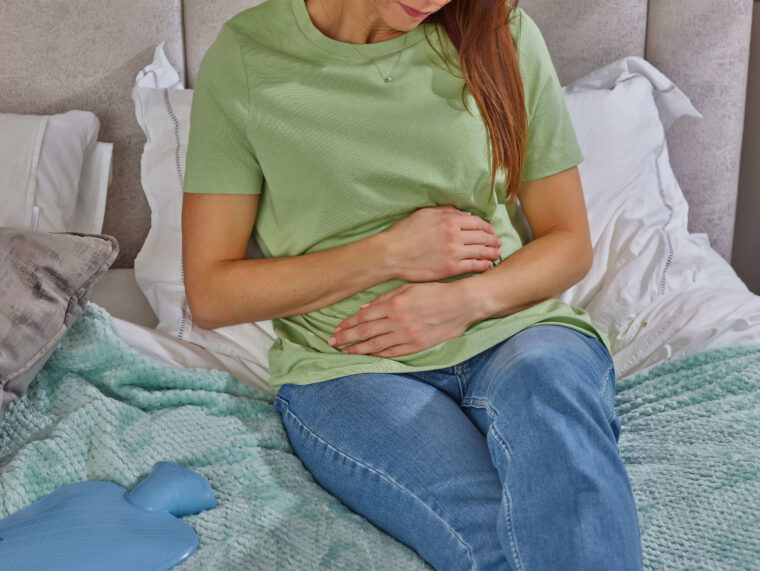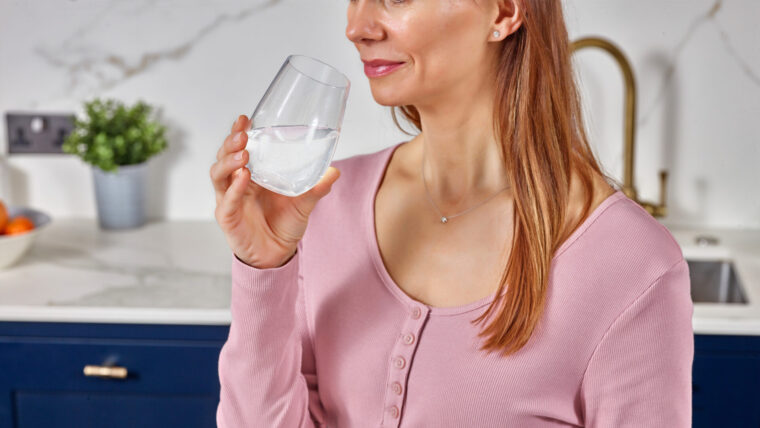Many people, when stuck with a stubborn stool, find themselves wondering if there are foods to ease constipation. In fact, according to our recent studies, 43%1 of people change their diet when they feel blocked up.
Making positive changes to your diet can be a very powerful way to get your stubborn stool moving again, and keeping your body’s bowel movements more regular in general. The key thing you should be looking to eat more of is fibre – a critical component of any healthy diet, and which is essential for soft, hydrated stools.
Fibre is roughage that can’t be broken down entirely by human digestive enzymes. Instead, it bulks out your poo, helping it to retain the water that makes it soft enough to move easily through – and out of – your digestive system. A diet lacking in fibre leads to smaller, harder poos that are more difficult to pass.
Your recommended daily fibre intake varies depending on how old you are. Here’s a table outlining how much fibre you should be aiming for each day:
Daily fibre Recommendations2
| Age Group |
Fibre (grams per day) |
| Children 11-16 |
25 |
| Adults |
30 |
Fibre-rich foods include fruits, vegetables, wholegrains, nuts, seeds and pulses. Here are some high fibre foods for constipation3, along with their fibre content per 100g:
Common foods which are high in fibre:
| Type of food |
Total fibre per 100g |
| Cereals and Carbohydrates |
| Shredded whole wheat or bran cereals |
13-24.5g |
| Wholemeal bread (two slices) |
7.0g |
| Wholemeal spaghetti (boiled) |
4.2g |
| Fruit and Vegetables |
| Figs |
6.9g |
| Strawberries |
3.8g |
| Parsnip (boiled) |
4.7g |
| Broccoli (boiled) |
2.8g |
| Nuts and seeds |
| Almonds |
7.4g |
| Peanuts |
7.6g |
| Sesame |
7.9g |
| Sunflower seeds |
6.0g |
| Peas and beans |
| Peas (boiled) |
5.6g |
| Baked beans (in tomato sauce) |
4.9g |
| Green beans (boiled) |
4.1g |
Beyond simply including more fibre in your diet, some people find that some natural products, for example, prune juice or herbal teas containing peppermint or ginger can help maintain bowel regularity.








